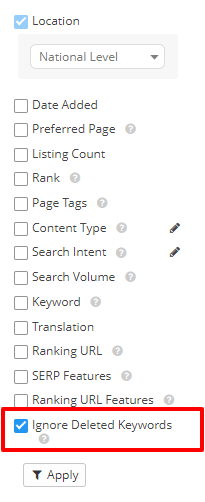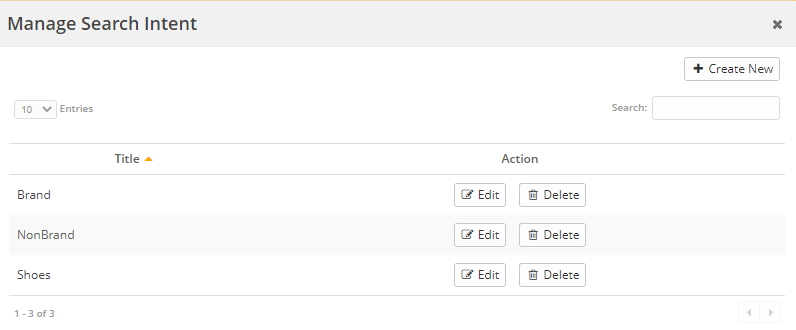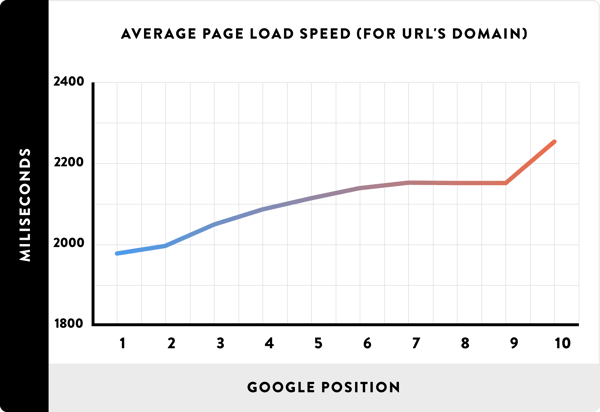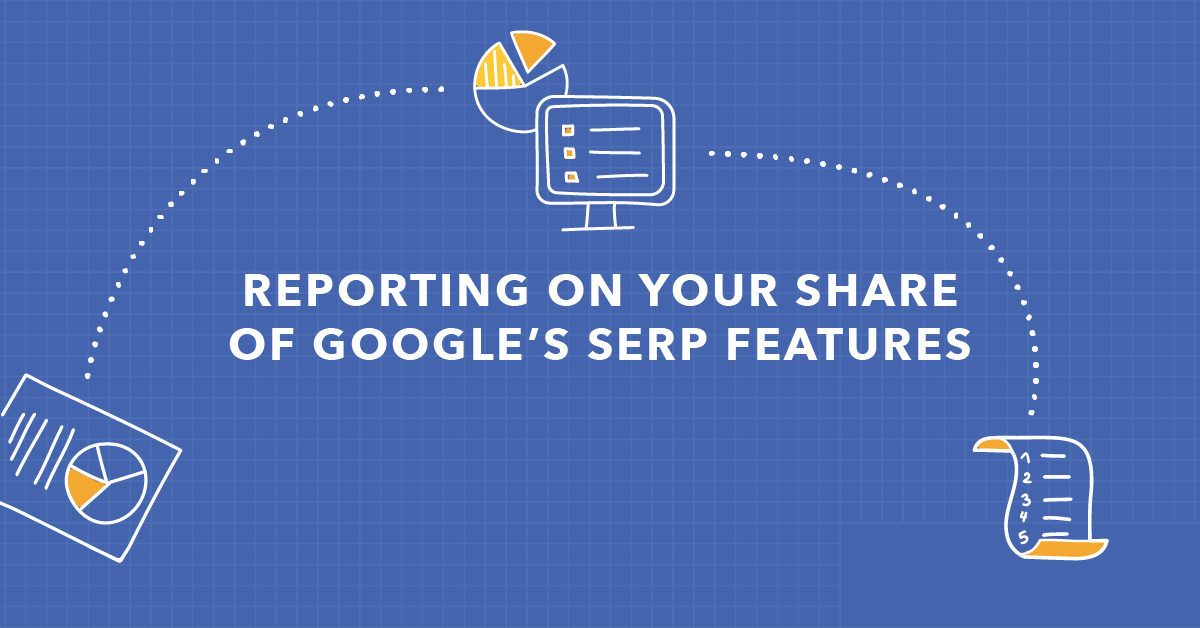The holiday season represents the biggest selling time of the year for many businesses. Nearly 20% of retail sales are made during the holiday shopping season, with some retailers seeing that number approach 30%!
To capitalize on this surge, many eCommerce companies begin their preparations well in advance. Typically, planning focuses on merchandising strategies, promotional schedules filled with competitive offers and deals, advertising plans, and inventory updates.
However, one critical area that often gets overlooked in the rush is optimizing online visibility.
Failing to prioritize SEO can mean missing out on significant revenue opportunities. This blog will highlight common holiday SEO mistakes to avoid and provide actionable strategies to enhance your online presence and maximize sales during the festive season.
Table of Contents:
- Waiting Too Long to Start Creating Holiday Content
- Neglecting Site Speed Improvements
- Ignoring Mobile Optimization
- Not Integrating SEO and SEM Campaigns
- Not Optimizing for Your Brand
Plus, how an SEO platform helps you prepare for the holiday season.
#1. Waiting Too Long to Start Creating Holiday Content
No matter what type of product you sell — fashion, beauty, hiking equipment, music — you need content if you want to drive holiday shoppers to your site!
From product pages to deals pages to blog posts that suggest top gifts ideas, all of this allows you to attract (and then convert) visitors on your site.
Unfortunatley, many businesses wait too long to start creating content for the holidays.
We recommend you create your holiday content in the summer months.
Hold on … why is creating great content important to do in the summer months? Black Friday and holidays are months away!
The reasoning is actually quite simple: the earlier you publish, the sooner Google and other search engines will index and rank your content in the search engine results pages (SERPs).
To further increase the chances of content being picked up, include those pages in your sitemap right away, too.
Why to Publish Content in the Summer Months
Here’s a look at Topic Explorer in the seoClarity platform showing 24 months' worth of search volume data for the keyword “gifts.”
When you see the data trended out by month, you know that June to September is the best time to create and publish holiday content — before the surge in demand hits.
 (Topic Explorer in the seoClarity platform showing seasonal search volume trends.)
(Topic Explorer in the seoClarity platform showing seasonal search volume trends.)
That way, your content will be indexed and you’ll ride the upward wave as search volume increases in October leading into December.
Be sure to interlink these pages from other authoritative pages on the site closer to the holiday season.
If you are worried about revealing exclusive deals to shoppers on those pages too soon, add the deal information to the page later. You can still maintain the rest of the copy.
This way, even if a customer stumbles on a page, they won’t learn about your upcoming promotions. But you will have enough content there to engage them (and for the search engines to rank it).
Also, be sure to analyze how your content performed last year during this time period (roughly from Thanksgiving weekend until the end of the year).
This content review lets you have a data-backed understanding of what worked well and what fell short. It can also reveal new or missed opportunities.
Bonus: seoClarity clients can integrate their Google Analytics and Search Console data directly into the platform for centralized reporting.
Analyze the rankings of those pages and assess how they rank now compared to the weeks leading up to Thanksgiving weekend of last year. Doing so will help you assess potential challenges, particularly if any top-performing pages have lost their rankings over time.
Then, simply identify the additional content you need to create. This will vary by industry, but all SEO content begins with proper keyword research.
Recommended Reading: Holiday SEO Tips: Strategies to Boost Traffic & Sales
#2. Neglecting Site Speed Improvements
Page speed is important at any time of the year, but especially during the holidays when so many conversions are on the line.
I’m sure you’ve heard this before: A single-second delay in page load time can reduce your conversions by 7%.
After all, page speed has a direct connection to the end user experience.
Not to mention the impact slow-loading pages have on your SEO.
As such, it's crucial to ensure that your site loads fast and that there aren't any technical issues preventing customers from accessing it quickly.
Luckily, assessing and improving your page’s load time is actually quite simple.
For example, as we cover in our quick guide to page speed success, seoClarity’s Page Speed Analysis can help you analyze your page load time and identify issues slowing it down.

Recommended Reading: Top Page Speed Testing Tools For Analyzing Site Performance
#3. Ignoring Mobile Optimization
With the rise of consumers using mobile devices to make purchases, it's crucial to make sure your site is optimized for mobile SEO performance. Just look at days like Cyber Monday!
According to EMARKETER, the U.S. volume for mobile shopping (referred to as M-commerce) will reach "$558.29 billion, and account for 7.4% of total retail sales."
The mobile market is only growing, which means you have to act now or risk losing a customer to a competitor.
Note: With the seoClarity platform, you can see page speed, rankings, and other metrics for desktop compared to mobile performance.
#4. Not Integrating SEO and SEM Campaigns
SEOs and the paid search team often work in silos. But with your biggest sales of the year at stake, it’s a good idea to coordinate initiatives between teams.
Luckily, unifying PPC and organic is not as difficult as it may seem.
For a start, get both teams to share the list of keywords they plan to target. Then, work together to optimize relevant landing pages and other important site pages.
Recommended Reading: The Benefits of SEO and PPC Integration
Coordinating promotional strategies to target these phrases will also benefit both channels. The more traffic directed through organic gives SEM the opportunity to drive incremental traffic.
Next, create landing pages — the backbone of both SEO and SEM strategies — that both teams could use.
Each team often uses their own assets to attract and convert new customers.
But given the huge overlap in keywords and targets during the holiday season, it makes sense to get both teams to work off the same set of pages.
Showcase hot-selling items, and brainstorm value-added content for specific products to drive attention for both channels.
Recommended Reading: Leveraging SEO Data to Inform Online Merchandisers’ Strategies
These pages would contain content your SEO team optimized for relevant keywords but also, be constructed by the Adwords team in a way to entice more direct conversions from SEM ads and increase the quality score for these pages.
#5. Not Optimizing for Your Brand (If You Don't, Amazon Will!)
Amazon’s dominance of the ecommerce market is quite scary, isn’t it?
Look at the sales Amazon accounts for over the years (keeping in mind that sales are in the billions):

(Image Source: Statista)
If you don't optimize your site and content for your brand, you risk losing valuable search visibility to major competitors like Amazon.
But how can you battle such dominance? Here are a few strategies:
#1. Boost Your Local Presence
You've seen the crowds on Black Friday! Don't miss out on that opportunity.
For a start, ensure your Google Business Profile listings are up-to-date and feature the most relevant information about your locations.
Post your holiday opening hours to the feed to let local customers know when they’ll be able to take part of your upcoming deals and promotions in real-time, or even as a sneak peak.
If you're interested in all things local SEO, we have just the blog for you: Local SEO Tips: Best Practices to Improve Local Search Visibility.
#2. Offer Free Shipping to Cut Off Dates
Here's a good point from Operation ROI:
Offering free shipping all year-round will likely not boost your bottom line. But by offering it as a special feature when consumers are most motivated (any holiday season), you’ll likely be satisfied with your return on investment."
So, work out how you could offer to deliver goods to customers free of charge during the holiday season. And then, offer it only around the cut-off dates to instill a sense of urgency, enticing them to act.
Similarly, you can promote specific discounts that only last during the holidays or tailor these discounts to a specific holiday.
TIP: Make it easy for customers to find information on shipping, returns, and FAQs by adding these elements to the main navigation, even if just for the holiday season
#3. Promote Gift Card Usage After the Holidays
Finally, if your store offers gift cards (or better yet, accepts Amazon gift cards), entice customers to use them after the holidays.
Why after? To strengthen their connection with your brand and increase retention.
Increasing retention by just 5% could boost your profits by anything from 25% to a staggering 95%.
The Benefits of an SEO Platform for the Holiday Season
While resolving the five holiday SEO mistakes listed above don’t require an SEO platform, there are some other added strategies you can implement with the use of a centralized SEO platform.
- Review your keyword portfolio
- Segment your data
- Monitor your performance
- Revisit security permissions
Review Your Keyword Portfolio
The first thing you’ll want to do within your SEO platform is review your keyword portfolio.
In seoClarity, use Topic Explorer for SEO topic research to see what keywords will have an increase in seasonality (as we saw with tip #1 above) and prepare yourself for those big seasonal moments.
If the keywords aren’t relevant, there’s no need to have them as a part of your portfolio. Seasonal keywords should be grouped accordingly so that these keyword lists can fluctuate with seasonal search volume and demand.
This includes any misspelled keywords and those that are outdated. There’s probably no reason for you to track “iPhone 5” anymore unless you specialize in refurbished technology.
And don’t feel apprehensive about deleting keywords. If you delete keywords in seoClarity, you have the option to show data for those deleted keywords in Rank Intelligence for the data range that they were being tracked.

(Data is still available for keywords that have been deleted.)
Also, review keywords that were tracked for testing purposes as well as testing pages and redirected pages. As always, group these keywords accordingly to make reporting efficient!
TIP: Within Rank Intelligence, you can also filter your tracked keywords to reveal where there is an Answer Box appearing on the SERP. Identify keywords where you have an opportunity to win that Answer Box (for example, you probably won’t win it for another brand’s terms) and optimize content around those queries.
The second portion of your portfolio review involves refreshing your keyword list. We’ve created a simple acronym to help you follow the process to building the perfect keyword portfolio: BOBs.
BOBs stands for Benchmark, Optimize, Build, and special projects.
To start off, you want to ask yourself if those keywords are still appropriate for benchmarking. Compare them against your top GSC non-brand traffic drivers to see if they’re still the right benchmarks.
Then, optimize. Given the results of the past year, does the focus need to shift to different keywords?
Lastly, ask yourself: What are the gaps that need to be addressed in the next year? This is the build portion of the BOBs process.
Segment Your Data
The next benefit of using an SEO platform is the ability to segment data in meaningful ways.
With seoClarity, users can set up Content Types in various places within the platform. Content Types allow for a nested filtering of pages based on multiple criteria for specific analysis.
Essentially, different categories (formed with and/or statements) build up to form a unit.
Here, we have /products/ and /c/ (found in the URL) sorted into the main grouping of “Categories.”
 (Editing a Content Type within the seoClarity platform.)
(Editing a Content Type within the seoClarity platform.)
Another way to segment your data is by Search Intent. This allows you to filter by brand and non-brand. You can filter all versions of your brand term to see that specific data.
The data is dynamic and is segmented on the fly for quick, immediate analysis.

(Search Intent is most often used for Brand vs. Non-bran analysis.)
Another part of the setup process is integrations. You’ll want to work with your internal team members who can help you get access to bot log files (this could be IT).
Also, regroup with your paid search team to ensure you’re pulling in the appropriate paid search campaigns.
These integrations all work together to prepare you for the holiday season.
One last bit of advice on the setup side of things: Crawl the website during the holiday season (around December 25 to January 1) if you can.
We’ve seen some ecommerce sites that do not want crawls running during this time, so it will depend on your circumstances and what you prefer.
If you choose to do so, Site Audits has everything you need to audit your site with no artificial limits.
Monitor Your Performance
It almost goes without saying: you need to track your performance! This goes for your normal organic search results, but it also applies to Google Shopping.
With Google Shopping becoming free to list in, SEOs now have another by which to attract relevant traffic!
We're happy to say that in the seoClarity platform, you can track, manage, analyze, and report on your performance in Google Shopping.

(Track Google Shopping results in the seoClarity platform.)
Revisit Security Permissions
After you follow the recommendations listed out above it’s important that you know who has access to your platform profile so nothing is accidentally changed.
This includes agency partners that you may work with — so have an updated list of who has access.
This is also a time to ask yourself who should have access?
The seoClarity platform settings makes it easy to edit a User Email Access List that will grant certain permissions to those with a certain email address domain.
Conclusion
The holiday season is arguably one of the most important times for an SEO professional.
By avoiding the common holiday SEO mistakes listed above and harnessing the advanced capabilities of an SEO platform to dive deeper into the data, you can significantly enhance your online presence and drive more traffic to your site.
Implementing a strategic approach will help ensure that your business stands out amidst the competition, captures more holiday shoppers, and maximizes sales opportunities.
With careful planning and execution, you can turn the holiday season into a period of exceptional growth and success for your business.





cropped%20Close.jpeg?width=140&name=image0%20(1)cropped%20Close.jpeg)



Comments
Currently, there are no comments. Be the first to post one!